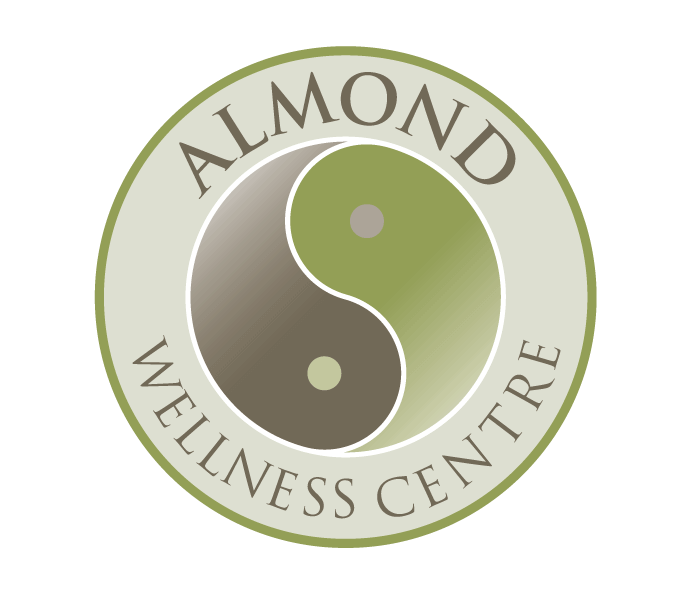Am J Chin Med. 2018 Oct 9:1-33. doi: 10.1142/S0192415X18500738.
Wang H1,2, Yang G3, Wang S4,2, Zheng X5,2, Zhang W6, Li Y2.
Author information
1 * School of Medicine, Shanghai Jiaotong University, Shanghai, P. R. China.
2 ∥ American TCM Society, New York City, New York, USA.
3 † Department of Specialty Medicine, Ohio University, Athens, Ohio, USA.
4 ‡ New York Acupuncture & Chinese Herbs Clinic, New York City, New York, USA.
5 § Pacific College of Oriental Medicine, New York City, New York, USA.
6 ¶ Center for Pain Medicine, Massachusetts General Hospital, Boston, Massachusetts, USA.
Abstract
Acupuncture has been a popular alternative medicine in the United States for several decades. Its therapeutic effects on pain have been validated by both basic and clinical researches, and it is currently emerging as a unique non-pharmaceutical choice for pain against opioid crisis. However, the full spectrum of acupuncture indications remains unexplored.In this study, we conducted a cross-sectional survey among 419 acupuncturists nation-wide to investigate the top 10 and top 99 acupuncture indications in private clinics in the United States.We found the top 10 indications to be:lower back pain, depression, anxiety, headache, arthritis, allergies, general pain, female infertility, insomnia, neck pain and frozen shoulder.Among the top 99 indications, pain represents the largest category; and mental health management, especially for mood disorders, is in greatest demand.The following popular groups are: immune system dysfunctions, gastrointestinal diseases, gynecology and neurology. In addition, specialty index, commonality index, and the potential to become medical specialties were estimated for each indication. Demographic analysis suggests that China trained acupuncturists tend to have broader indication spectrums, but the top conditions treated are primarily decided by local needs. Also, gender, resident states, age and clinical experience all affect indication distributions.Our data for the first time outlines the profile of acupuncture treatable conditions in the US and is valuable for strategic planning in acupuncture training, healthcare administration and public education.
